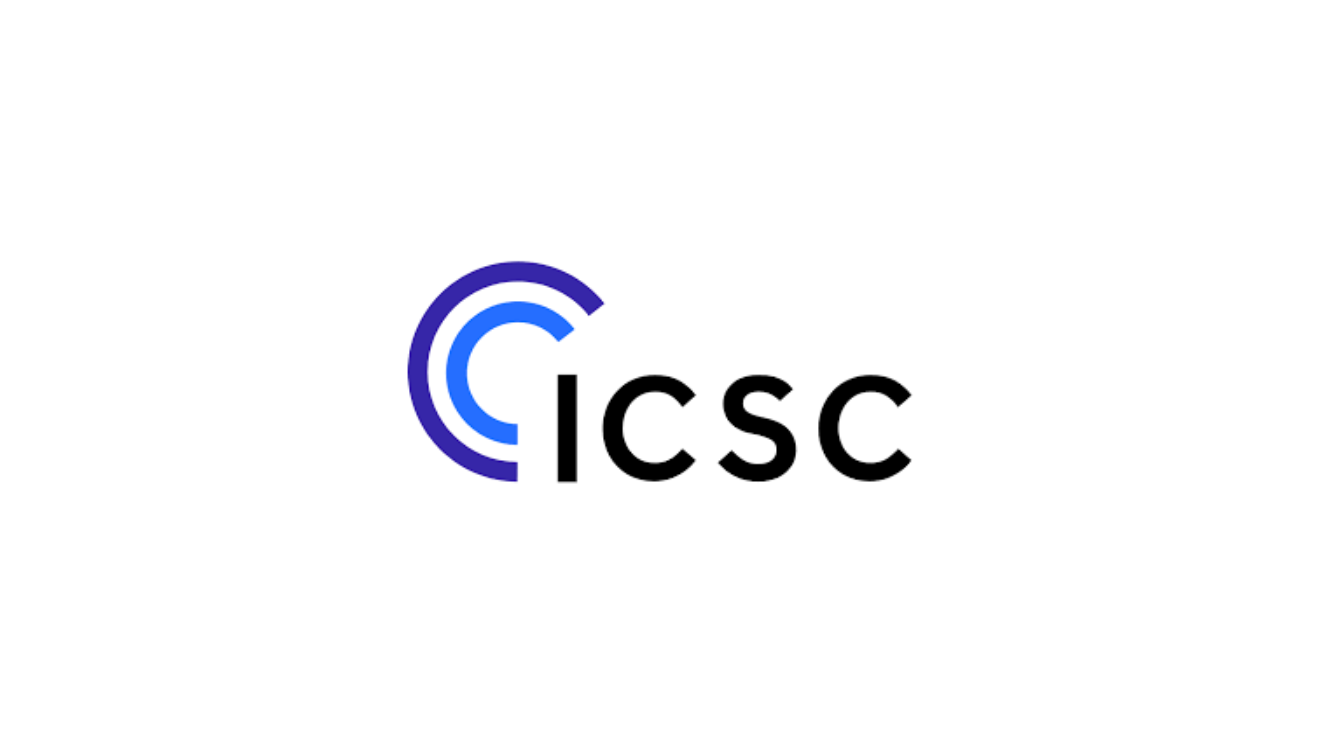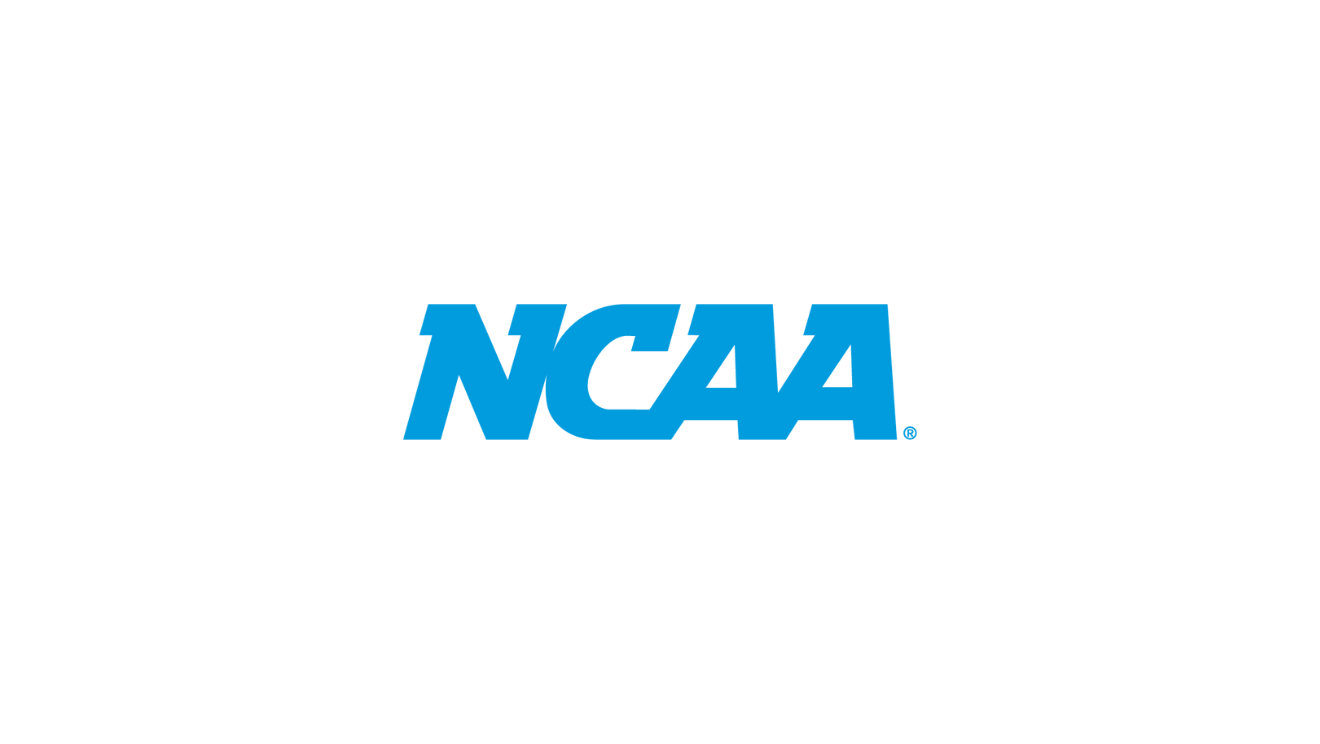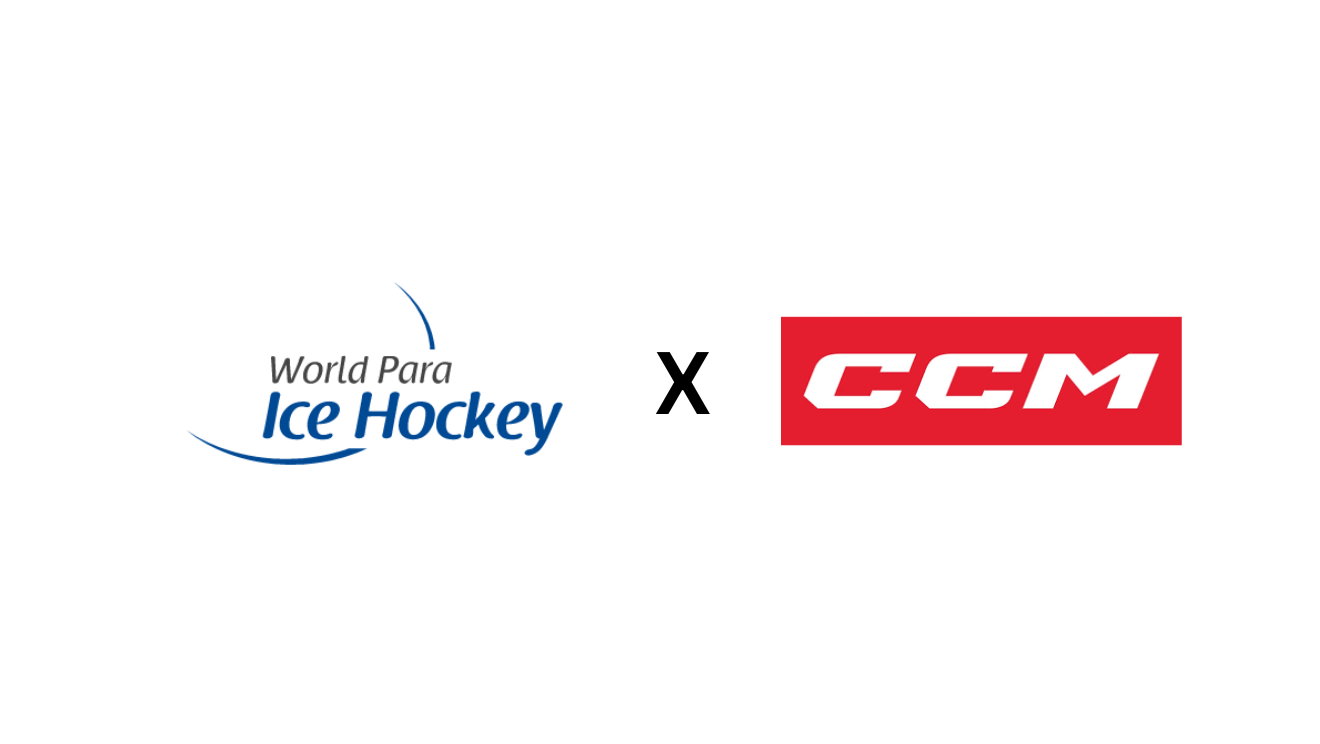COLORADO SPRINGS, COLORADO (December 5, 2020) – From the start of the pandemic, USA Hockey has led efforts to provide risk mitigation guidelines and strategies to the hockey community. USA Hockey remains united and committed in its efforts to help stop the spread of COVID-19.
“We’re always about safety first,” said Pat Kelleher, executive director of USA Hockey. “Thanks to the efforts of Dr. Mike Stuart (chief medical and safety officer), Kevin Margarucci (manager of player safety), and many others, we’ve done our very best to establish appropriate recommendations to guide our hockey family and provide updated information as conditions change or new information becomes available.”
Stuart, who has four adult children who all played hockey and works full-time as professor of orthopedics and sports medicine at Mayo Clinic in Rochester, Minnesota, said it’s important for everyone to make sure they are following risk mitigation guidance not only at the rink, but in all daily activities.
“The importance of physical distancing, wearing a facemask properly over your nose and mouth, sanitizing your hands regularly and staying home if you’re not feeling well are certainly important while participating in any hockey activity, but they’re equally important in every other part of your life,” said Stuart. “We’re all in this together and by following these common sense guidelines, we hope that we can continue to play hockey this season.”
NO EVIDENCE HOCKEY IS RISKIER THAN OTHER ACTIVITIES
Stuart also weighed in on recent news stories suggesting hockey is the riskiest of all youth sports in relation to COVID-19.
“I am unaware of any scientific evidence that supports that opinion,” said Stuart. “We’ve said from the outset that playing hockey certainly comes with risk, just like every other aspect of our daily lives. However, we can have an impact on that risk by diligently following all the recommended prevention strategies.”
Dr. Deverick Anderson, a noted national infectious disease expert and epidemiologist from Infection Control Education for Major Sports, says USA Hockey is providing sound guidance to its community.
“From the documentation put forward by USA Hockey related to risk mitigation strategy, to my conversations with Dr. Stuart and other leaders, the hockey community can feel good about the guidelines they’re receiving,” said Anderson, who has served as a COVID consultant to multiple sports entities, including the NHL.
USA Hockey has maintained throughout the pandemic that the use of a cloth facemask is required at the rink but is a personal choice during practice or competition.
“Cloth face coverings or masks are currently mandated by some local or state agencies. In other areas, athletes have the option to wear a mask on the ice if they choose,” said Stuart. “In our recent conversations with Dr. Anderson, he concurs with that approach and shared there is no current evidence documenting virus transmission on the field of play.”
The use of spit or splash guards on helmets also continues to remain a topic of conversation in the hockey world. The Hockey Equipment Certification Council (HECC) recently tested and certified a few products in this category.
“We believe these splash or spit guards could potentially help in the prevention of droplet transmission associated with COVID-19, but there is no scientific evidence to prove their value,” said Stuart. “We now have some products on the market that are confirmed by HECC, which is certainly a positive.”
While navigating COVID-19 and working to keep the game of hockey as safe as possible has created new challenges, Stuart notes in the end, it’s all worthwhile.
“We’re all thankful for the great game of hockey,” said Stuart. “Every one of us – players, parents, coaches, officials, volunteers, rink personnel – need to follow the established guidelines, both in and out of the arena, so we can enjoy the physical, mental and social benefits that our game provides.”





 Back
to News
Back
to News